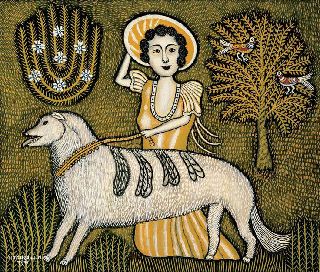Morris Hirshfield
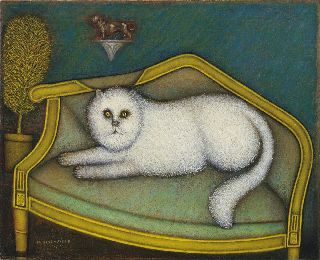
Morris Hirshfield, born Poland in 1872 migrated to New York America when he was 18 years old. Finding work making women’s coats eventually lead him to establish his own coat manufacturing business with his brother. Later they went into making slippers and became the most successful business of this kind in New York City but Morris retired early due apparently to ill health. In 1935 at the age of 63 years he took up painting for which he had shown aptitude when a child. I have read that when very young he carved a wooden sculpture for his local synagogue but unfortunately I haven’t found an image of it.
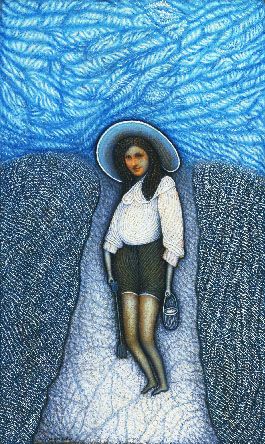
According to what I have read on the Peggy Guggenheim Collection site, Hirshfield aspired to reach the factual precision of photography evidence of which can be seen in the Beach Girl's face.
Here are some more paintings by Hirshfield to help you get a feel for his style and subject matter.
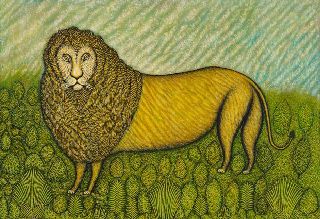
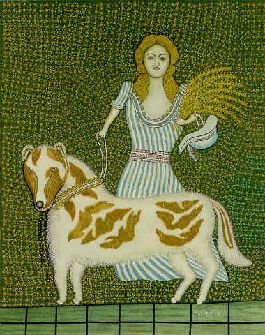
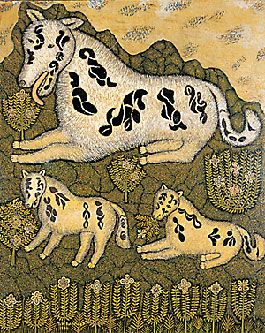
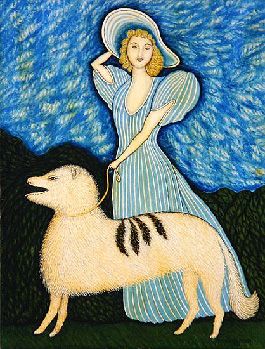
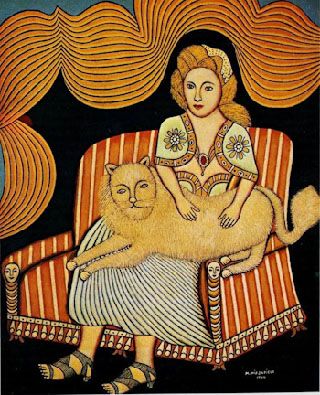
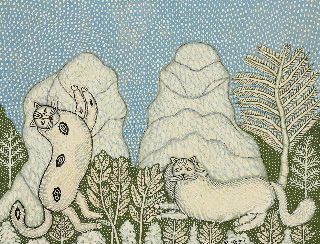
Hirshfield also painted naked women often surrounded by flowers.
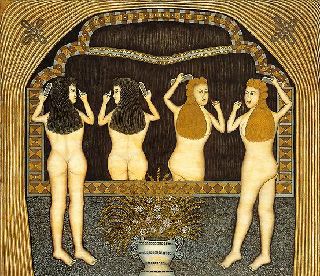
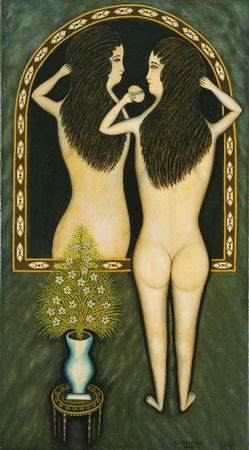
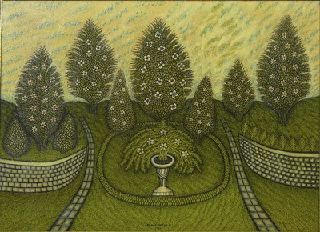
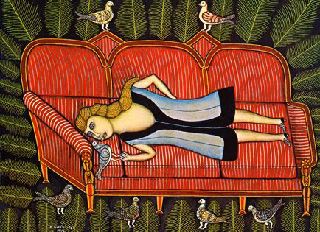
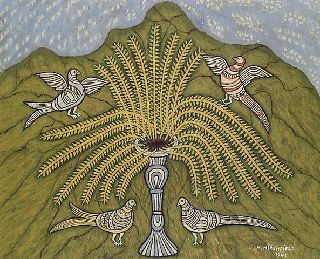
Peggy Guggenheim was very keen on the style of Morris Hirshfield and in 1941 the Museum of Modern Art, New York, purchased some of his paintings. In 1943 when Morris was 71 he had his first one man show organised by Sidney Janis from the Museum of Modern Art. Controversially Rising antipathy toward self-taught artists and resentment of the Museum of Modern Art's enormous influence on the art market came to a head in 1943, when Barr mounted a one-man show of paintings by Morris Hirshfield. The conservative Art Digest scathingly dubbed Hirshfield "The Master of the Two Left Feet," because (as Janis explained in They Taught Themselves) slipper samples were made only for left feet, and the artist followed a pattern familiar to him from his days as a garment manufacturer. "Unfortunately," wrote Peyton Boswell in the Digest, "the Museum of Modern Art has the vested power to 'make' any artist its lighthearted officials decide to 'take up.' While serious professional artists fight for the recognition that means life to them, the Modern fiddles away its resources building a precious cult around amateurism." Hirshfield was described as a "fumbling old man," and Emily Genauer of The World Telegram believed he had been pitifully "exploited for a stunt." "Enough is enough of an oddity," wrote another critic. The Hirshfield retrospective was one of MoMA's most reviled exhibitions ever, and it gave ammunition to Barr's adversaries on the Museum's Board. Stephen C. Clark, perceiving Barr as a threat to MoMA's dignity and viability, had him removed forthwith from his post as Director. Barr remained on in an advisory capacity, but the Museum's advocacy of self-taught artists was over.(Ref:gseart.com)
Somehow Hirshfield weathered the criticism and he had further exhibitions at the Julien Levy Gallery in New York and at the Vigeveno Gallery in Los Angeles in 1945. Morris Hirshfield died in New York on July 28, 1945. A memorial exhibition of his work was held at Peggy Guggenheim’s Art of This Century Gallery in New York in 1947.
